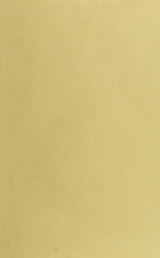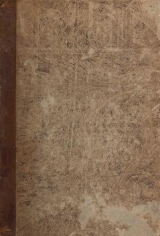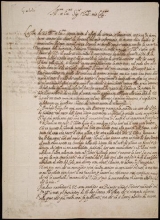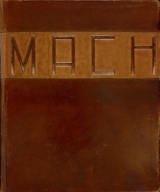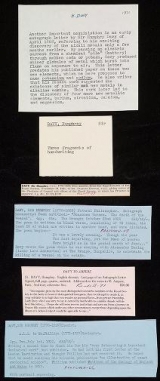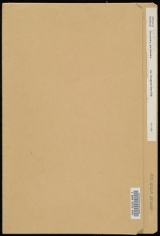Humphry Davy papers and correspondence
Davy, Humphry, Sir; Purgstall, Jane Anne Cranstoun, Gräfin von; Royal Society (Great Britain); Agnew & Zanetti,; Fisher, Son, & Co.,
1803
1803
Sir Humphry Davy (1778-1829) is best known for his work in chemistry
including the discovery of several new elements and the chemical basis of
electrical interactions, as well as the invention of a miner's safety lamp.
The Humphry Davy Papers in the Dibner Library of Science and Technology
include correspondence, documents, and a portrait of Davy, with the items
dating from 1803-1837. Included in the collection is a signed correspondence
from Davy regarding his discovery of alkali metals which predates his
published paper on the discovery.
Published:
1803
Topic:
Manuscripts
Collection:
Additional Info:
 Download Transcription (1015.05 KB)
Download Transcription (1015.05 KB)
Cite This:
View Citations




